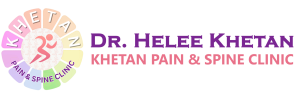Shoulder pain is a common issue that can stem from a variety of causes, ranging from acute injuries to chronic conditions. Here’s a comprehensive overview:
Anatomy of the Shoulder
 The shoulder is a complex joint made up of several structures:
The shoulder is a complex joint made up of several structures:
- Bones: The shoulder joint includes the humerus (upper arm bone), scapula (shoulder blade), and clavicle (collarbone).
- Joints: The main joints are the glenohumeral joint (ball-and-socket joint) and the acromioclavicular (AC) joint.
- Muscles and Tendons: The rotator cuff muscles (supraspinatus, infraspinatus, teres minor, and subscapularis) are crucial for shoulder movement and stability.
- Ligaments: These connect bones and provide joint stability.
- Bursa: Small fluid-filled sacs that reduce friction between moving parts.
Common Causes of Shoulder Pain

- Rotator Cuff Injuries:
- Tendinitis: Inflammation of the tendons.
- Tears: Partial or complete tears of the rotator cuff tendons.
- Bursitis: Inflammation of the bursa.
- Impingement Syndrome: Occurs when the shoulder blade exerts pressure on the underlying soft tissues.
- Frozen Shoulder (Adhesive Capsulitis): Characterized by stiffness and pain in the shoulder joint.
- Arthritis: Including osteoarthritis and rheumatoid arthritis.
- Dislocation: The upper arm bone pops out of the shoulder socket.
- Fractures: Breaks in the bones of the shoulder.
- Tendonitis: Inflammation of the tendons due to overuse or injury.
- Referred Pain: Pain originating from other areas such as the neck or heart that is felt in the shoulder.
Symptoms
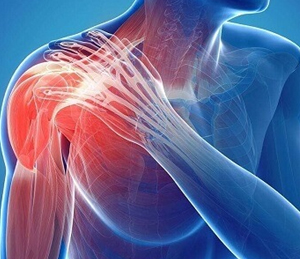
Pain, which can be constant or occur only with movement.
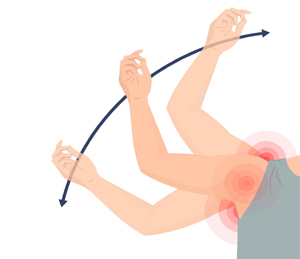
Stiffness and limited range of motion.
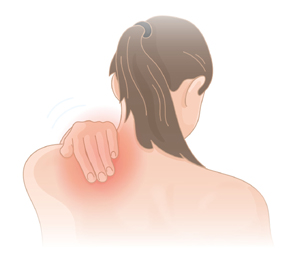
Swelling and tenderness.
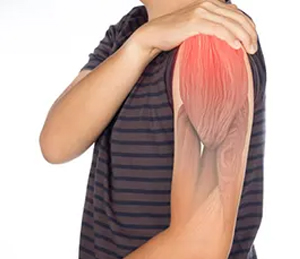
Weakness in the shoulder and arm.
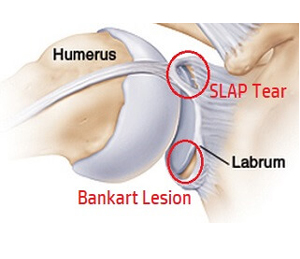
Clicking or popping sounds during movement.
Diagnosis
- Physical Examination: Assessing pain, range of motion, and strength.
- Imaging: X-rays, MRI, or CT scans to visualize bones and soft tissues.
- Ultrasound: For real-time images of soft tissues.
- Arthroscopy: A minimally invasive procedure to view the inside of the joint.
Treatment
Non-Surgical
- Rest and Activity Modification: Avoiding activities that exacerbate pain.
- Physical Therapy: Exercises to improve strength and flexibility.
- Medications: Pain relievers like NSAIDs (ibuprofen, naproxen).
- Injections: Corticosteroid injections to reduce inflammation.
- Ice and Heat Therapy: Reducing pain and swelling
Surgical
- Arthroscopy: For repairing torn tissues or removing inflamed bursa.
- Open Surgery: For more extensive repairs, such as shoulder replacement for severe arthritis.
Prevention
- Regular Exercise: Strengthening shoulder muscles and maintaining flexibility.
- Proper Technique: Using correct form during activities and sports.
- Ergonomic Adjustments: Ensuring workstations are set up to avoid strain.
- Avoiding Overuse: Taking breaks and avoiding repetitive movements.
When to See a Doctor
- Persistent pain that doesn’t improve with rest.
- Significant swelling or bruising.
- Inability to use the shoulder.
- Signs of infection like fever, redness, or warmth.
- Sudden, severe pain indicating a possible fracture or dislocation.
Understanding the specific cause of shoulder pain is crucial for effective treatment. Consulting a healthcare professional for an accurate diagnosis and appropriate treatment plan is recommended.
